How to make influencer marketing work for you

Top tips on making influencer marketing work for your brand When used effectively, influencer marketing has long been established as a dynamic and hugely effective marketing tool for brands and businesses of all kinds. That being said the landscape is constantly changing with marketers needing to be fast to react to new trends and platforms. How has influencer marketing changed? The mainstream understanding of influencer marketing comes from our perception of the people behind it – the ‘influencers.’ These people have taken on an almost mythical status in the media over the past few years, attracting both support and criticism. The truth, however, is that utilising these key players is an invaluable tool for those looking to market a product, service or business. As the influencer marketing machine has picked up pace over the past 10 years, the lines between traditional celebrity culture have increasingly become more blurred with many of today’s top names born from building their own space on social media and earning recognition for the content they produce. In 2021, the influencer marketing industry is set to be worth a huge $13.8B, according to Influencer Marketing Hub’s benchmark report and after a year stuck inside, it’s seen brands adapt like never before, jumping on new tactics and opportunities to reach new pockets of customers. Throughout 2020 we’ve seen the landscape change from being primarily dominated by Instagram influencers to the rising trend of TikTok which promotes a less carefully ‘curated’ image, opening the stage for thousands of budding creators to quickly grow their presence at rates never seen before on other social media channels, reaching follower numbers that have previously taken Instagram stars years to achieve. What makes influencer marketing so successful is the trust audiences have in the influencers they choose to follow. One of the key areas that is seeing growth is an increase of more authentic content shared. There is a reduced emphasis for perfection on influencer’s feeds, and posts are far more real and raw in 2021 compared to the early days of influencers. Other notable trends include the rise of micro-influencers, with many brands opting for working with a community of partners with followers between 15,000 and 100,000 which benefit from far greater engagement rates from their network of followers and can often be fruitful for ROI, particularly on TikTok. Why does it work so well? Ultimately, the followers of these people care about and trust the opinion of the influencer, rather than a brand itself. Using a trusted third party helps consumers feel less like they are being sold to, and more like they are receiving a recommendation from a friend or trusted confidante. Futureproofing your influencer marketing strategy Research new and emerging content trends in your sector. Different platforms work better for certain brands and businesses. Decide how you will find your influencers, and spend time ensuring your selections not only match your brand’s values, but they also fit naturally with your influencer’s style. Implement clear and effective methods of measurement. Each campaign will have its own unique goals, but social media engagement rates alone do not directly correspond to campaign success. Trial discount codes, tracked links or where applicable or affiliate links to truly see accurate ROI. See influencer marketing in action with our own examples below. Click on the images to see what we did and find out more about our award-winning influencer marketing agency services here. toto slot toto slot slot thailand situs slot gacor toto togel toto slot slot online situs toto situs togel slot gacor hari ini bento4d slot gacor bento4d rtp slot gacor
Six work-life trends to watch in 2021
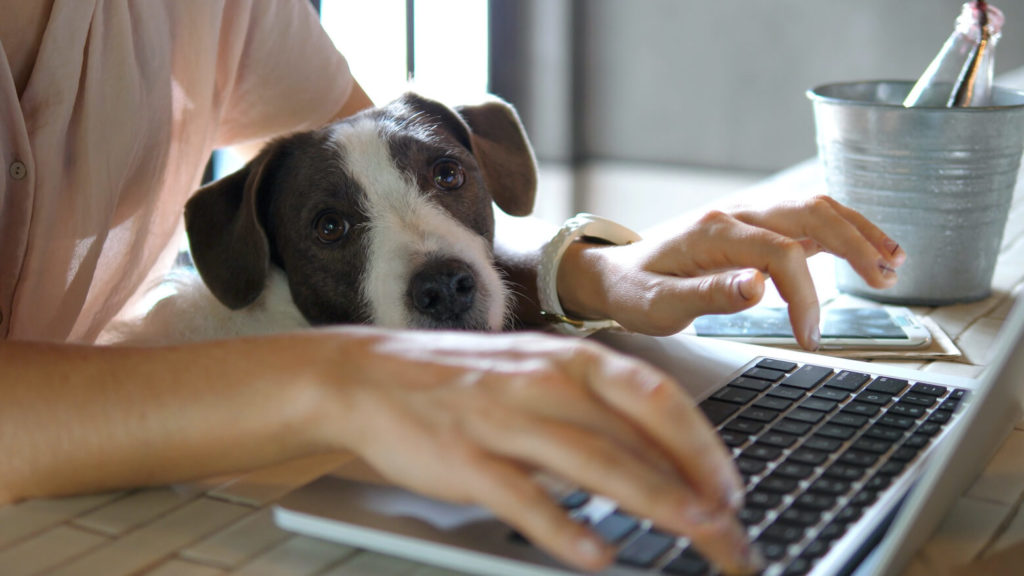
As we head into 2021, many things are still uncertain regarding how work will look and feel over the next 12 months. That said, some trends born out of 2020 will undoubtedly impact work-life and team management in the future. The pandemic and subsequent lockdowns accelerated some already-changing aspects of the modern workforce. Some of them had been bubbling under the surface for a while of course, but aside from the move to collaborative working tech and more emphasis on remote working, what else can we expect from 2021? 1. Hybrid working becomes the norm The debate over the traditional 9-5 has been rumbling on for years. Seemingly – but not always – older or baby boomer workers have preferred a rigid, office-based work-life. In contrast, millennials mostly have rejected the typical working day in favour of working from anywhere, Frenchie in tow. Some large organisations, including the Co-op in Manchester City centre, set up lower capacity head office structures many years ago, where workers are expected to work from home several days a week. Although progressive organisations such as this have been moving away from the typical 9-5 in favour of this hybrid approach, many others still preferred bums on seats. When the pandemic hit and millions of us were forced into lockdown, remote working abruptly became the norm. Any moves towards flexibility and the need for better tech accelerated overnight – and many organisations that have, until now, feared the change were given the final push required into this new way of working. Most forward-thinking creative, marketing and PR agencies already had flexible working models, but there are still challenges. For example, brainstorming creative ideas and pitching just isn’t the same over Zoom, there’s a definite energy to being in a physical space and being able to read the room! The case for hybrid working is a compelling one. According to the CIPD, remote working means more engaged employees, which potentially could generate 43% more revenue and improve performance by 20%. On top of this, absenteeism is reduced, and mental wellbeing is improved. If that’s not enough, there is also a large and very positive environmental impact on more remote working, including fewer greenhouse emissions due to reduced commuting and less paper use. During the COVID-19 pandemic, Breathe London data showed that emissions reduced 25% during the typical morning commute and 34% during the evening commute in our nation’s capital. For some corporate and let’s say ahem, more archaic businesses, this massive shift in how we work has been a more significant challenge. Still, all companies will have to embrace a hybrid of remote and office-based working as employees demand more flexibility and a better way of life in 2021. 2. Freelance support will rocket Many creative industries have been well ahead of the curve for hiring freelance talent and have been tapping into this agile support network for some time. Since the COVID-19 lockdowns, a growing number of companies – large and small – have been looking for more flexible ways to operate due to the unsteady climate. Taking advantage of flexible freelance support enables businesses to work in a more cost-effective way – but much more than that, it allows them to attract talent from all over the globe that wouldn’t have been accessible to them in the past. They can add critical skills and expertise to projects and campaigns and bring in new skills as and when they need them. This is excellent news for the nation’s growing army of freelancers – who, as well as being talented, are also flexible, resilient, and adaptable – all attractive qualities in the current climate. They can ride out the chaos and uncertainty better than most, making them an appealing option for small and large businesses alike. Marketing, digital, and creative sector freelancers have already seen growth – this recent Forbes article looked at the sector’s opportunities over the next few years. 3. Productivity wins over presenteeism There has been a clear shift over the last few years to a more productivity-based workforce, as more and more employers started to question the link between presenteeism and output. Pre-pandemic, data from Vitality revealed that the UK economy lost almost £92 billion in 2019 due to ill-health related absence in the workplace, with businesses losing 38 working days per employee to physical and mental health-related absence in that one year alone. With statistics like this, it’s clear that there is a need to judge people on the work they produce rather than the length of time they spend sitting at their desks. A study by Internet provider Talk Talk found that 58 % of the UK’s workers have reported that they have been more productive while working from home during the first COVID-19 lockdown. And, although most employees and freelancers understand the productivity benefits of working from home, a CIPD survey of 1,046 employers and businesses indicated that 28% of them believe that homeworking has actually increased productivity and efficiency in their employees, rather than reducing it. 4. Country life becomes more attractive COVID-19 has diluted the obvious appeal of city living. With the cultural and social aspects of urban life temporarily halted or diminished, the “work hard, play hard” office-based lifestyle has been altered irrecoverably. With many rural areas claiming lower property prices than inner-city suburbs, more people are now looking to the countryside for a more wholesome and outdoorsy way of life. COVID-19 accelerated the need to work remotely and many people have found working from their home office or kitchen table a challenge if there is no access to a garden or green space. Moving to a more rural or suburban location is suddenly far more appealing than ever before, this trend could continue well into the future. This shift has been backed up by a YouGov poll, conducted exclusively with The Independent, which found that many people of varying ages and property statuses were considering moving further afield due to the rise of remote working. 5.
PR and marketing in a Covid world, what’s next?
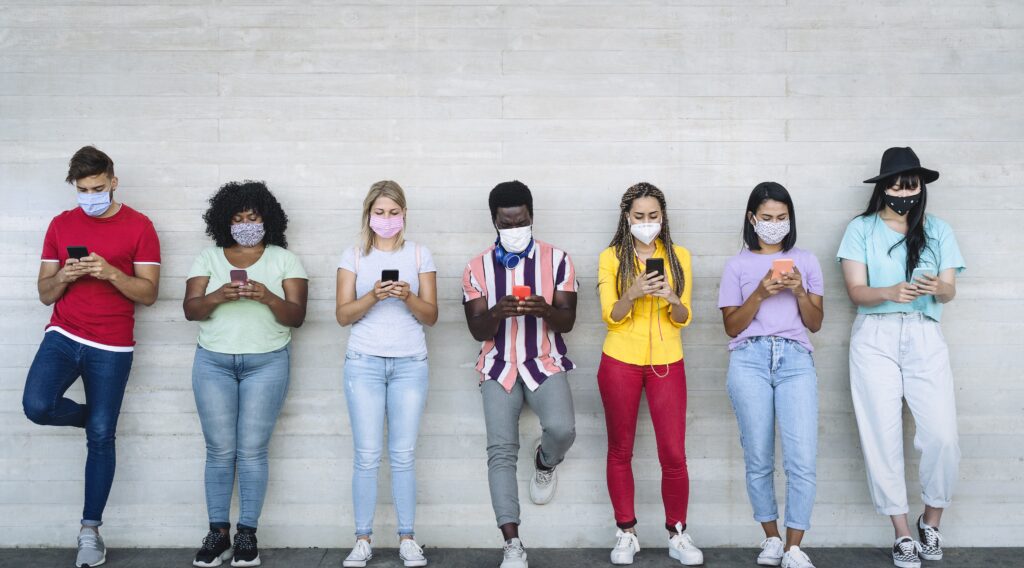
As we ride out yet another tumultuous month on the never-ending corona coaster, brand owners and business leaders are looking for new ideas on how to communicate with their audiences effectively and keep their businesses front of mind. This last six months has turned many traditional aspects of communications on its head, with print media taking a nosedive, social media use growing exponentially and events going virtual. It’s clear Coronavirus isn’t going anywhere for now, so how do brands and businesses continue to reach their audiences in new and innovative ways? Here’s our take on what to expect from PR and marketing amid the ever changing Corona chaos: 1. The Future of PR It’s sadly true that the media has taken a huge hit as a result of Covid19. Titles have closed, others are hanging on by the skin of their teeth and many journalists have unfortunately been furloughed or made redundant. People are consuming more news online and on social media than ever before. In fact, recent figures by Statista show that, during lockdown, social media use was up by over 40% – not surprising! Brands are starting to focus more on quick wins over long-lead print coverage and on digital PR and content to support their online marketing and SEO strategies. Additionally, brands that can pivot quickly or think on their feet can nail some strong press coverage, especially if it has a socially-conscious edge. Legendary Manchester pizzeria, Rudy’s, landed some excellent local press coverage and kudos recently for supplying the self-isolating ManMet students with free bake-at-home pizza and beer. This led to great press exposure for the brand and no doubt excellent awareness and loyalty with hundreds of potential customers for the next three years! Large firms have also been generating news with clever stories throughout the pandemic; much-loved chain Wagamama hit the headlines when they published their secret recipe for their signature Katsu Curry which customers could make at home during lockdown. Traditional PR and media relations still has its place, with journalists on the lookout for positive non-Corona related stories, products to review, expert comment for features and thought leadership pieces about key topics. It could take a little longer to get in touch and most journalists won’t have time to sift through irrelevant content so they will be expecting information to be concise, relevant and timely, but it’s still possible to land some great press exposure for your brands and services if you are clever, targeted and tenacious. Anecdotally, PR’s have seen an upsurge in journalists looking for innovative products and services that support wellbeing, as stress and anxiety levels reach new highs because of the ever-changing Covid landscape and rumbling uncertainty. 2. Virtual events get creative Even though some companies and event organisers have tentatively arranged events for 2021, we are still not sure what the world will look like next year, so it’s safe to say that Zoom conferences, digital seminars, live-streamed concerts and interactive events will continue. Expect to see businesses and brands planning all sorts of events like cookalongs, film festivals, wellness and yoga events, gigs, expert panels, fashion shows and more, all in the virtual arena. The exciting thing about the virtual events space is that ideas can be truly global and innovative, bringing in speakers and experts from all over the world to engage audiences and bring something new. If you have ever dreamt about being front row at a fashion show or watching a Cannes Film Festival movie live, it could happen….. Brands have shown an enormous amount of quick thinking and creativity in the events space since the crisis hit in Spring. From taking incredible exhibitions online, such as Christian Dior’s virtual Designer of Dreams exhibition (which was previously held at the Musée des Arts Décoratifs in Paris) to TeaPigs launching a series of virtual tea tastings, and legendary DJ Graeme Park streaming a 12 hour set on United We Stream. 3. Reassessing audiences is key The pandemic has changed consumer behaviour dramatically. Consumers are – understandably – looking for good value products and services, abandoning loyalty in some areas, shopping digitally more than ever and being mindful about the products that they buy. They have also been drawn to companies and brands that have a human-centric approach and have looked after their employees and their community during the pandemic so far. Going back to basics with customer profiling before embarking on a new campaign could open up new opportunities for your products, services and communications. It could be that you need to harness different aspects of the marketing comms mix to reach your new and existing customers – be it different social platforms, PPC, paid-for ads or advertorials or traditional media relations. 4. Purpose continues to prosper The Coronavirus crisis has shone a spotlight on brands who have been socially-conscious during the pandemic – brands that have down-tooled to help their customers, pivoted their offering to provide community services and free products, and pitched in with local charity projects and more. Brands that are able to tell their story and communicate their mission and values – especially conscious, sustainable, ethical or eco practices – simply and succinctly will cut through the noise more effectively, so make sure your purpose and your ethically and socially responsible stories are communicated well to your customers and potential customers to bring the human side of your business to life. 5. Expect to invest in paid media Although traditional PR is still getting results, consider supporting your key titles with some spend if you can. Many industry and trade titles, and consumer print titles especially, have taken a big hit over the course of the pandemic and may be struggling to stay afloat without paid-for investment. If you regularly target a handful of industry titles that are important to your business sector, consider a competition, a sponsored piece or a digital package to boost your key messages to the readers of these publications. You may curry favour with some
Purple Riot end the year with 3 new clients and an award win!

NEWS-We end 2019 with a trio of high profile hospitality, leisure and lifestyle account wins and a Northern Marketing Award!
Putting the emotion into marketing

How do you measure the emotional reaction to a campaign? We answer that question and more…
Rise of the influencer: 6 tips for brand collaborations

Working with influencers and well known bloggers can have a huge effect on sales and awareness for brands…
Why customer service is a vital part of hospitality marketing
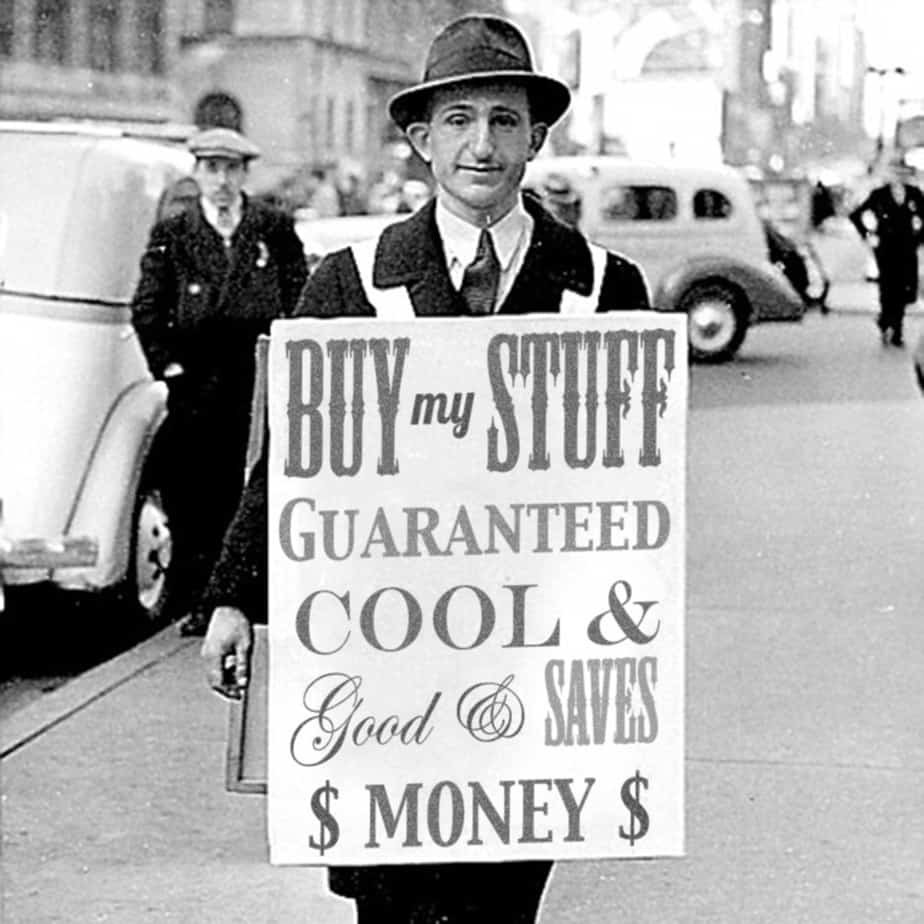
Once upon a time, in the world of hospitality, you’d rely on A-boards and posters stuck on windows to communicate with customers…
Surviving the creative process

Anyone who works in a creative industry understands the highs and lows that are involved in the normal creative process…
Our top 6 marketing predictions for 2018
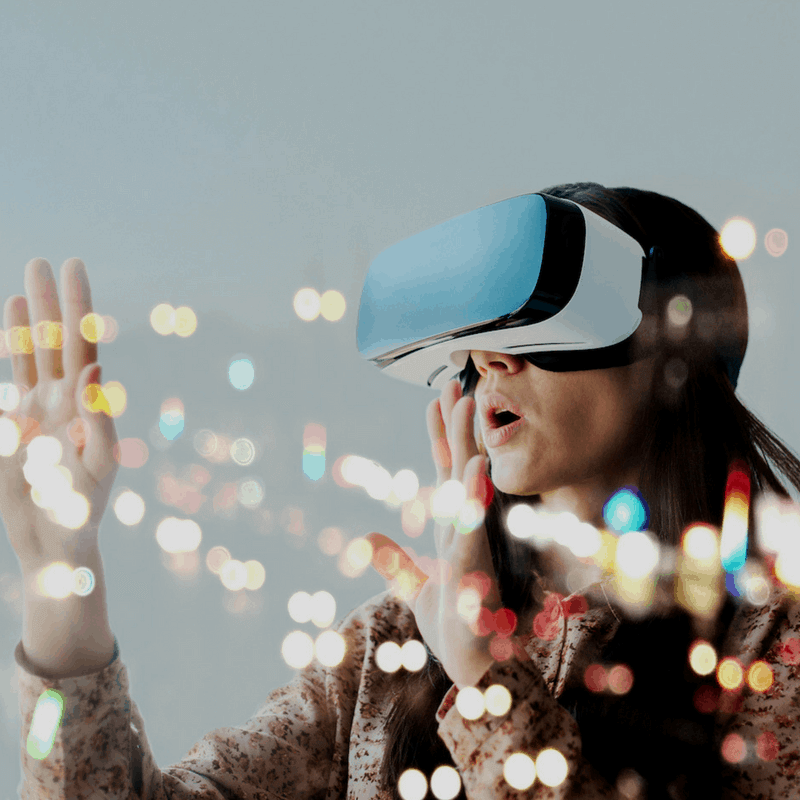
With rapidly changing technology and ever-evolving social media platforms, the marketing landscape continues to change at light speed…
What is content marketing?

Why has content marketing suddenly become the hot topic at every marketing meeting across the globe?
